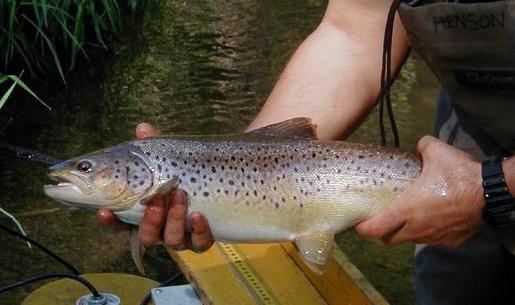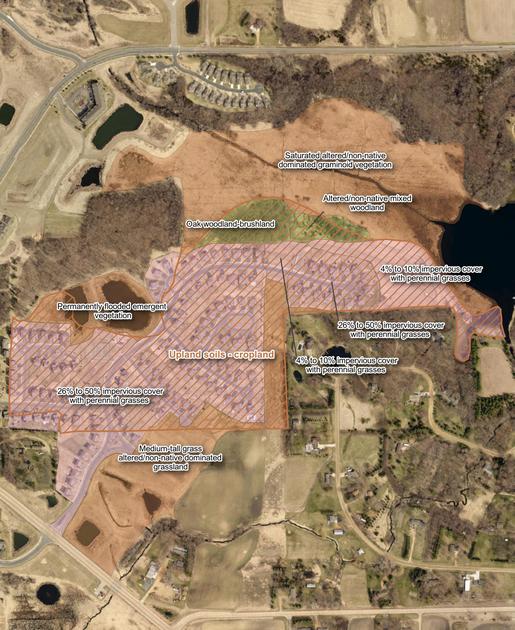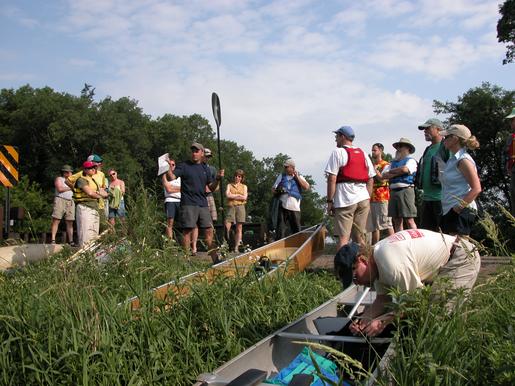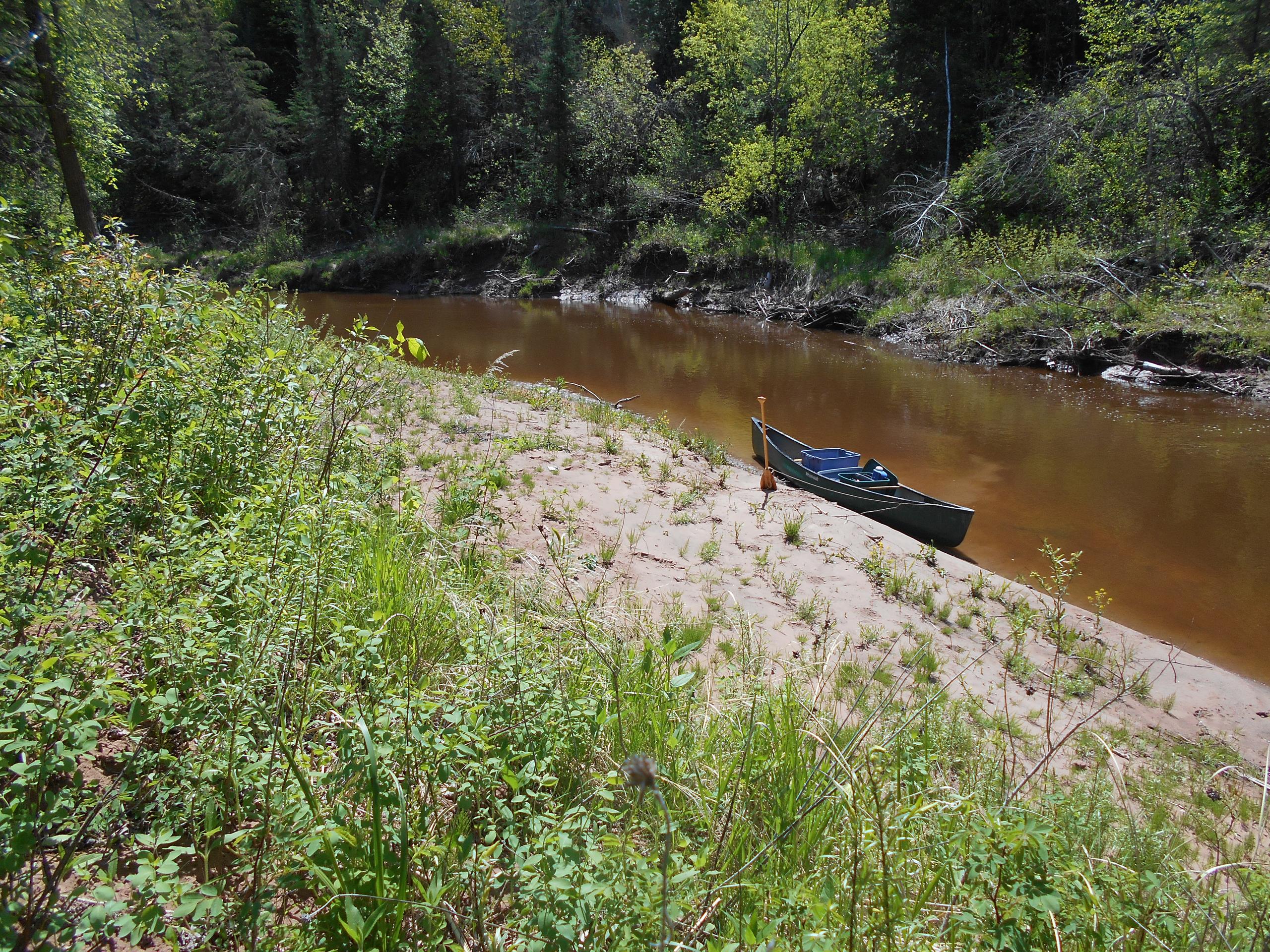
Riverine Turtle Habitat Assessment
Riverine Turtle Habitat Assessment
Riverine turtles in Minnesota are dependent upon near stream sandbars for nesting. This research project evaluated the alteration of hydrologic regime of several Minnesota rivers using the Indicators of Hydrologic Alteration (IHA) software along with field geomorphology surveys and historic aerial photos analysis. Using USGS stream gauge data and aerial photos, a river stage-sandbar area relationship was developed to determine the effect of prolonged high flow duration on available nesting habitat.
Findings of the study suggest water levels during the nesting period from 1940 to 2009 have increased in southern Minnesota, meaning that turtle hatchlings are likely delayed and/or have lower survival rates due to prolonged flooding and high water conditions. There was no significant change in the streamflow and sandbar nesting habitat for the northern rivers. Our findings suggest that there is likely reduced reproductive success of wood and smooth softshell turtles in southern Minnesota rivers due to increased summer flows.
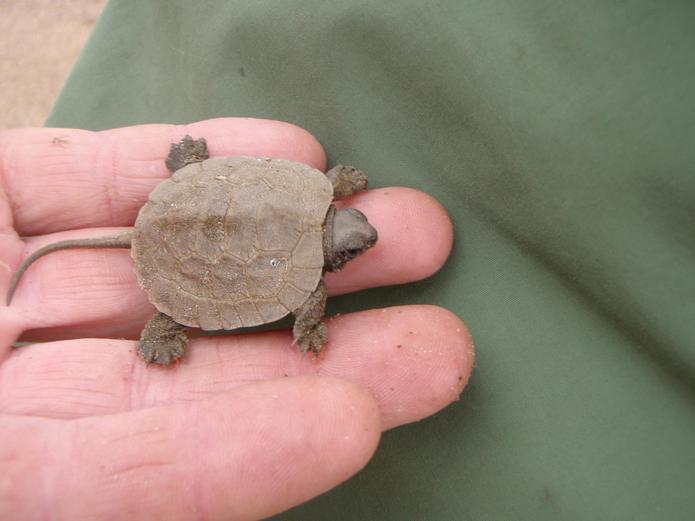
Client Benefits
- Provided valuable research data to Univ. of MN and DNR staff to manage rare turtle species.
- Research and findings supported habitat conservation planning efforts for both the wood turtle and smooth softshell.
- Data was used to develop the Minnesota Wood Turtle Conservation Plan.

